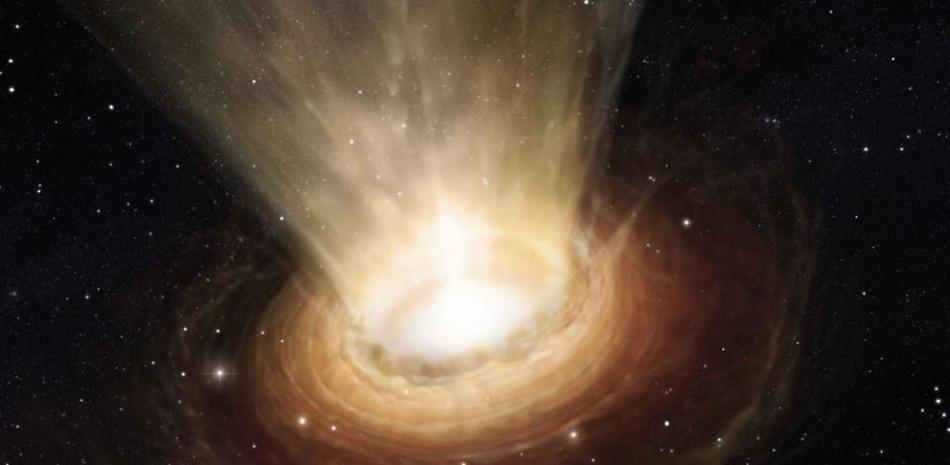The James Webb Space Telescope (JWST) has for the first time captured wind from an old planet-forming disk that is actively dispersing its gas content.
According to a team of scientists led by Naman Bajaj of the University of Arizona, published in the Astronomical Journal, knowing when the gas dissipates is important because it limits the time it takes for new planets to consume the gas in their atmosphere. Dr. Uma Gordy of the SETI Institute,
At the heart of the discovery is TCha, a young star (relative to the Sun) surrounded by its massive dust gap, an erosion disk approximately 30 AU in radius.
For the first time, astronomers have used four lines of neon (Ne) and argon (Ar) to image a scattering gas (also known as wind), one of which is the first detection in a planetary disk.
Pictures [Ne II] Shows that the wind is coming from an extended part of the disc.
“These winds may be driven by high-energy stellar photons (light from the star) or by the magnetic field weaving the planet-forming disk,” Naman said in a statement.
Planetary systems like our solar system appear to have more rocky material than gaseous material.
Around our Sun, they include the inner planets, the asteroid belt and the Kuiper belt.
But scientists have long known that planet-forming disks begin with 100 times more gas than solids, leading to a pressing question: when and how does most of the gas leave the disk/system?
In the early stages of planetary system formation, planets coalesce into a small rotating disk of gas and dust around a young star.
These particles stick together to form larger and larger pieces called planets. Over time, these planets collide with each other, eventually forming planets.
The type, size and location of the planets depend on the amount of material available and how long it has been on the disk.
Therefore, the outcome of planet formation depends on the evolution and dissipation of the disc.
The same team, Leiden Laboratory's Dr. Another paper led by Andrew Selleck performed simulations of stellar photon-driven scattering to distinguish between the two.
They compared these simulations with actual observations and could explain the scattering observations of high-energy stellar photons, so the possibility cannot be ruled out.
“Measuring all four lines of JWST at the same time was critical in deducing the properties of the wind and enabled us to demonstrate that significant amounts of gas were being dispersed,” Selleck explained.
To put it in context, the researchers calculate the lunar equivalent of the mass dispersed each year.
A companion paper currently under review in the Astronomical Journal will describe these results.
Tax [Ne II] It was first discovered in 2007 by the Spitzer Space Telescope and multi-planet forming disks were discovered by University of Arizona project leader Prof. It was soon identified as an air tracer by Pascuzzi; This changed the focus of research efforts on understanding gas diffusion in disks.
The discovery of [Ne II] Spatial resolution and first detection [Ar III] Using JWST could be the next step in changing our understanding of this process.


:quality(85)/cloudfront-us-east-1.images.arcpublishing.com/infobae/GLHO2KZ3BBGWHGT72ZRTHEAHQ4.jpg)
:quality(85)/cloudfront-us-east-1.images.arcpublishing.com/infobae/LBIVO7473VDJVIOHOP577YLWDU.jpg)
:quality(85)/cloudfront-us-east-1.images.arcpublishing.com/infobae/OLNQLJRERZDCRBK5TW2XPCFNTU.jpg)
